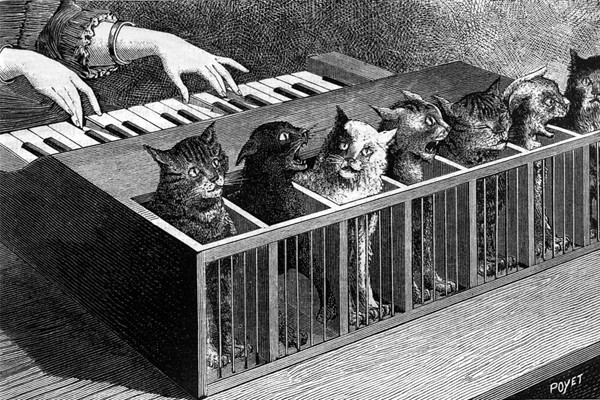1690
Bartolomeo Cristofori, a well known harpsichord maker, moved to Florence at the request of accomplished harpsichord player Prince Ferdinando de’Medici to service his collection.
Little is written of Cristoforis social life, even when he created the architype of the modern day piano it was not well known in his lifetime.
The innovations he made on the harpsichord are well described in the name he gave it:
“gravicembalo col piano e forte,” or “harpsichord that plays soft and loud.”
Source: Bartolomeo Cristofori
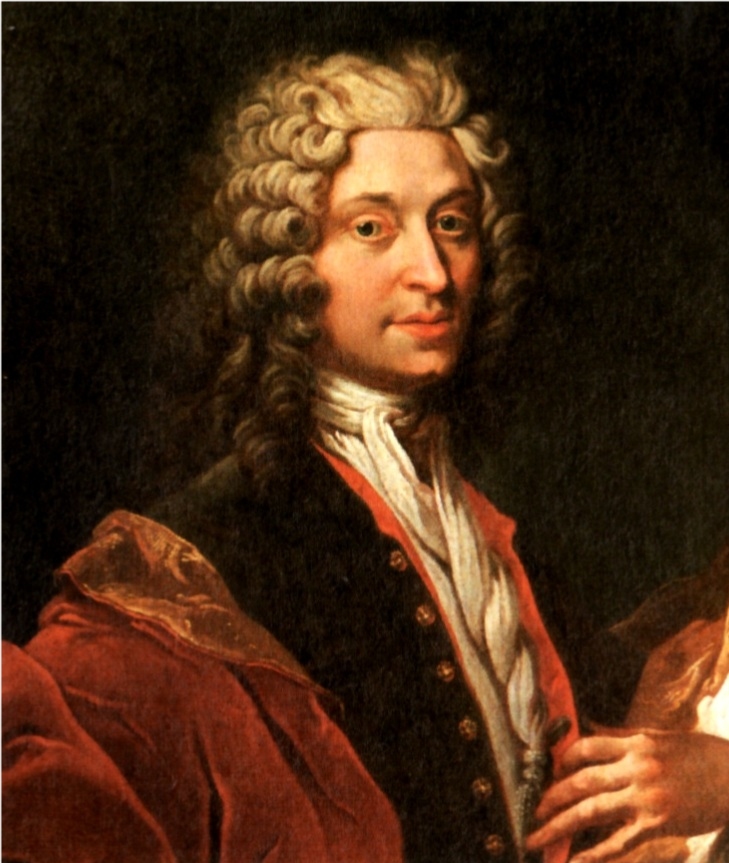
Plucked vs. Hammered.
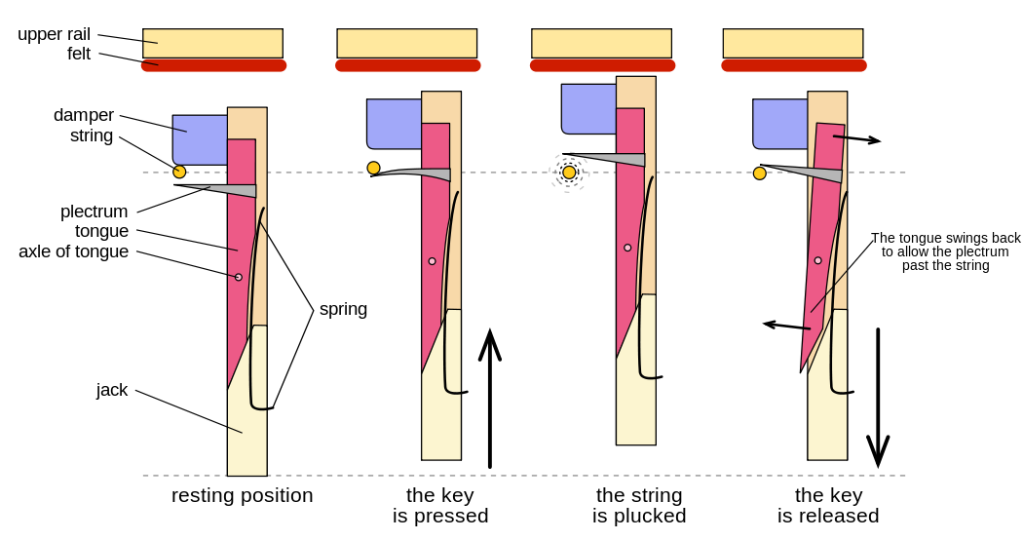
Without going into to much detail, the strings on a harpsichord are plucked by a plectrum rather then impacted by a felt hammer.
The next improvement was the addition of a repetition lever (a component only found in Grand Pianos). This allowed the player to hit a note multiple times without a loss of sound by rapidly resetting the jack.
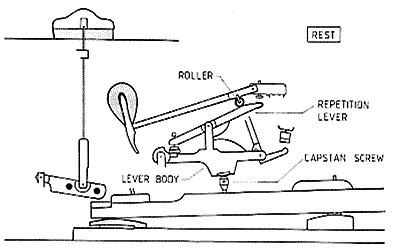
Another difference between the harpsichord and the piano is the general layout of the instrument. In a Harpsichord, there are often two layers of keys with different qualities, for example the bottom level may be an octave lower then the top or have a different material for the plectrum. Also note the number of pedals on the harpsichord. Much like an Organ these pedals initiate the lowest notes, but not all these Harpsichords have these pedals.
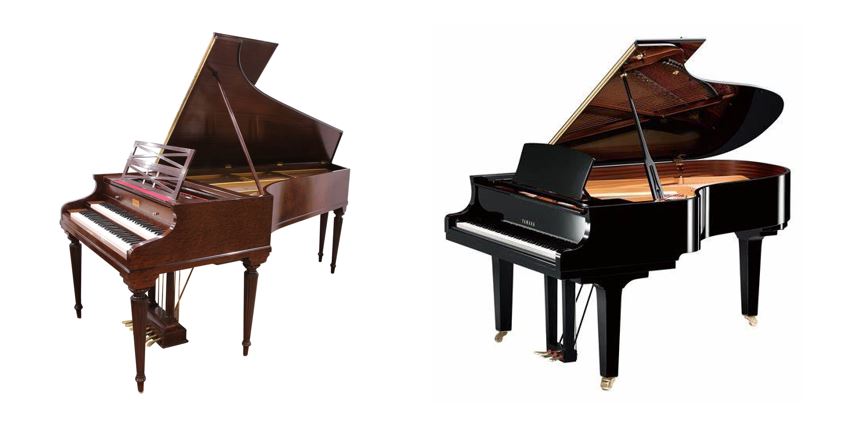
The last distinction between the modern day piano and its grandfather the harpsichord is the material of the soundboard.
The soundboard is what reverberates and gives the rich sound, it is located under the strings. Not many of Cristofori’s pianos exist today because of this:
“(Bartolomeo Cristofori’s pianos), being made of wood in the manner of a harpsichord, were not capable of withstanding the string tension that allowed later pianos their more-powerful tone.” –Britannica
Endless Innovation
Since the 1690’s – 1700’s we have seen a boom in piano and piano like instruments. For instance, there are four subsections of Grand Pianos alone! Some of these innovations would make even Bartolomeos head spin!
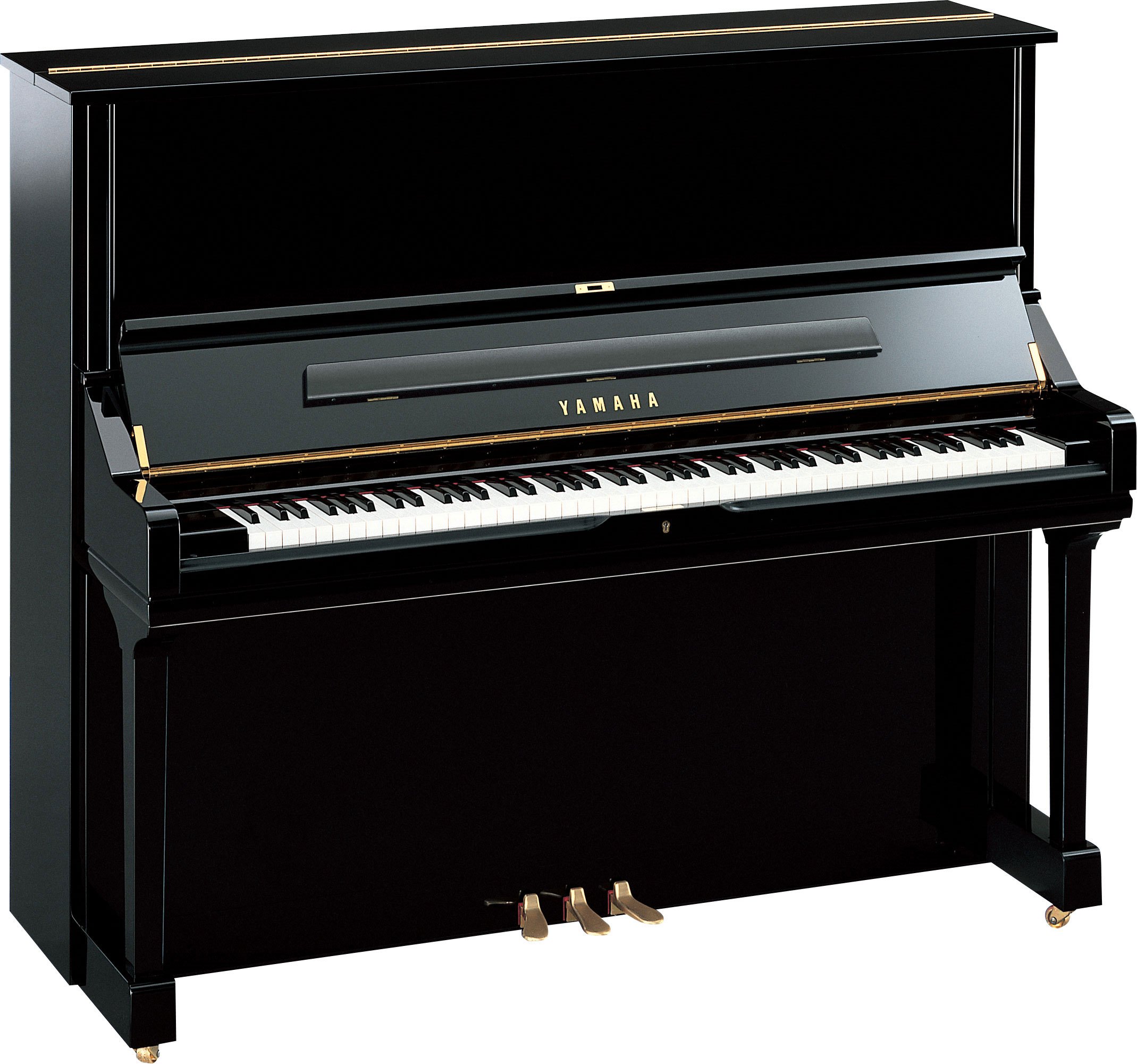
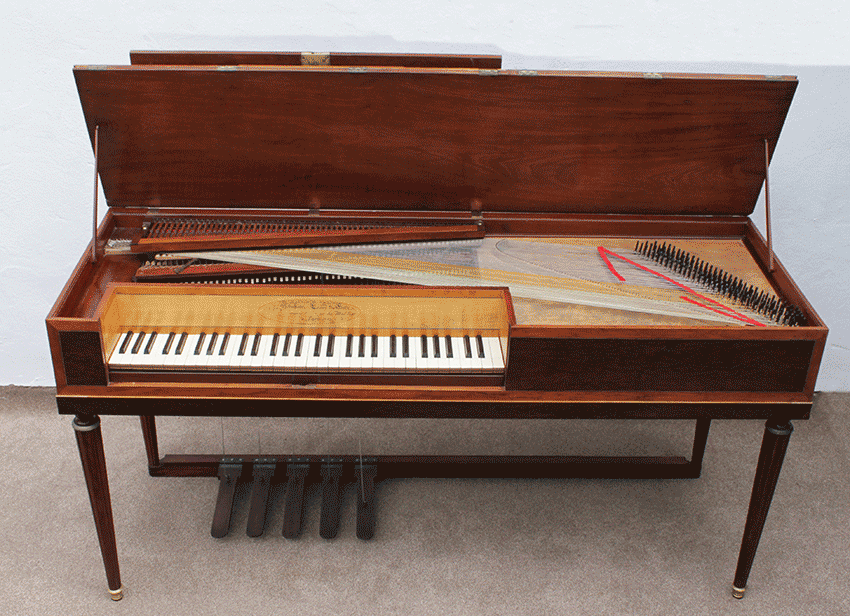
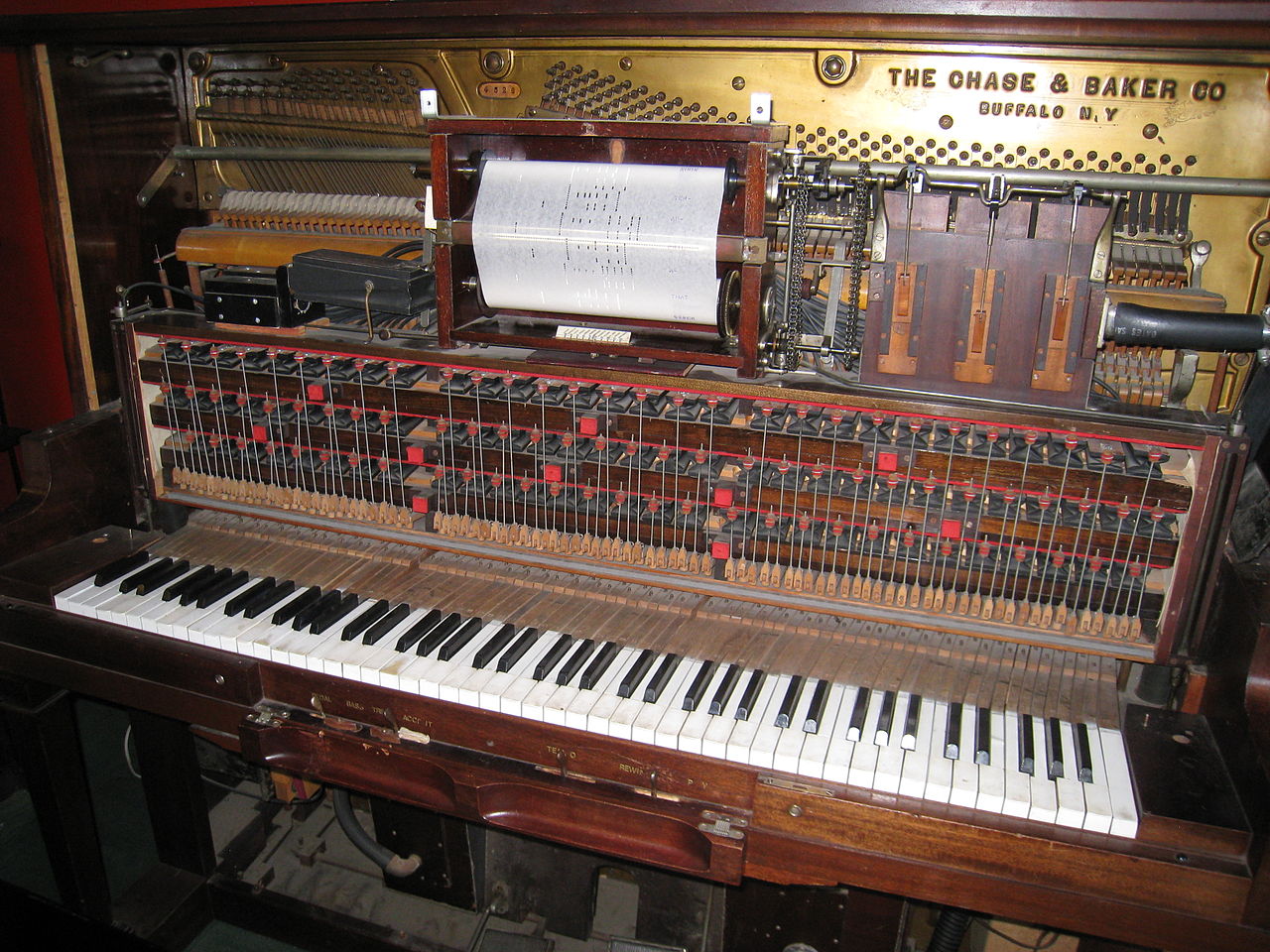
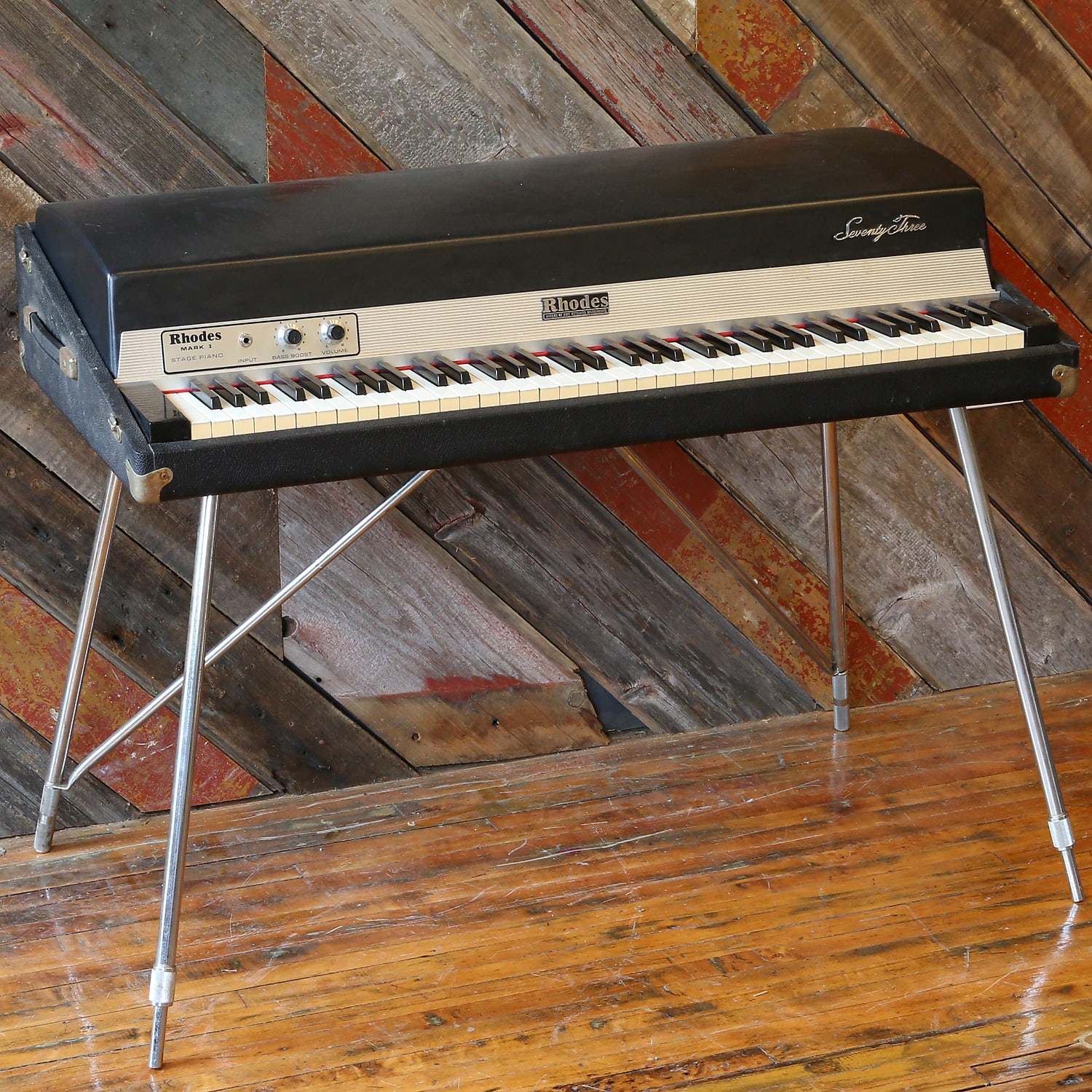



Rare Models:

The Square Piano:
These Pianos are very rare, most are over 100 years old. The basic idea is the same as a piano, but there are some technical differences. The total number of strings is less then a modern piano for example.
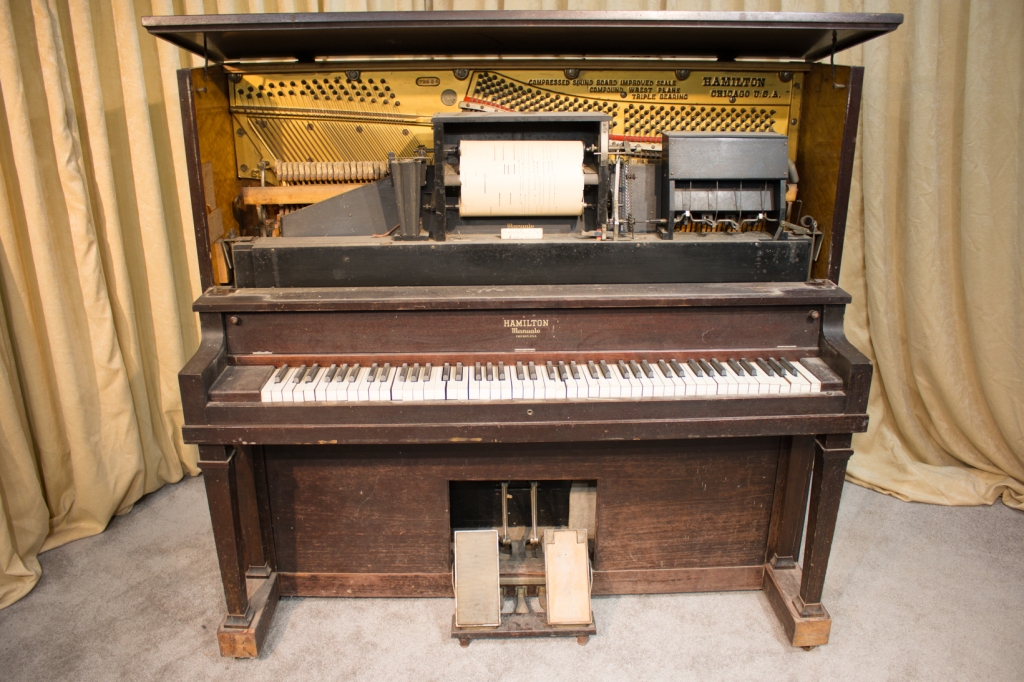
Player Pianos (Pianola):
Pianolas are started by pumping the pedals, this moves air through the system and plays music. Yup, these are self playing pianos!
In the video below, you can hear the pedals being pumped a few seconds before the music begins.
The Modern Piano:
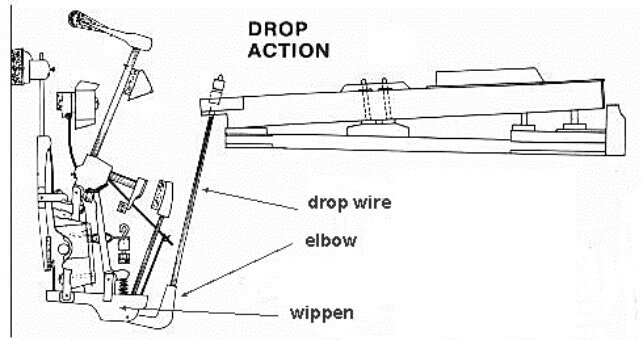
Drop Action (or Spinet Action):
The most affordable and lightweight piano. They come in many forms but the sound is generated the same as the original Cristofori design, the hammer strikes a key with a force proportional to your input.
‘Drop’ refers to the action being below the keys.
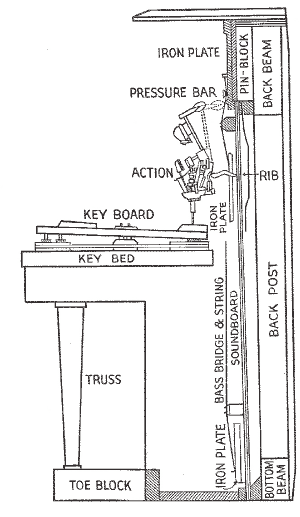
Upright Pianos:
Easily identified by the action located above the key bed. These pianos produce a Rich sound, more then the modern Spinet or Drop Action.
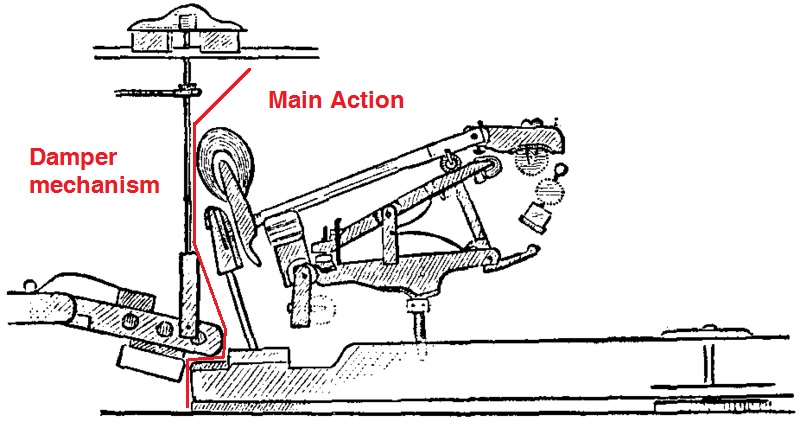
Grand Pianos:
These are the pinnacle of rich sounding pianos. This is due to the huge soundboard allowing each note to ring. Also the repetition lever allows the note to be struck before the hammer resets, a feature not found in the Upright or Drop actions Pianos.
The following aren’t tuned by piano tuners
The 21st Piano:

Rhodes Pianos:
These pianos make sound when hammers strike lengths of wire called tines (in pianos the hammer strikes a string). This sound is then sent into an amplifier and speaker to create its unique sound. This is the first step in the direction of synthesized sound.
Note: These pianos need to be plugged in.
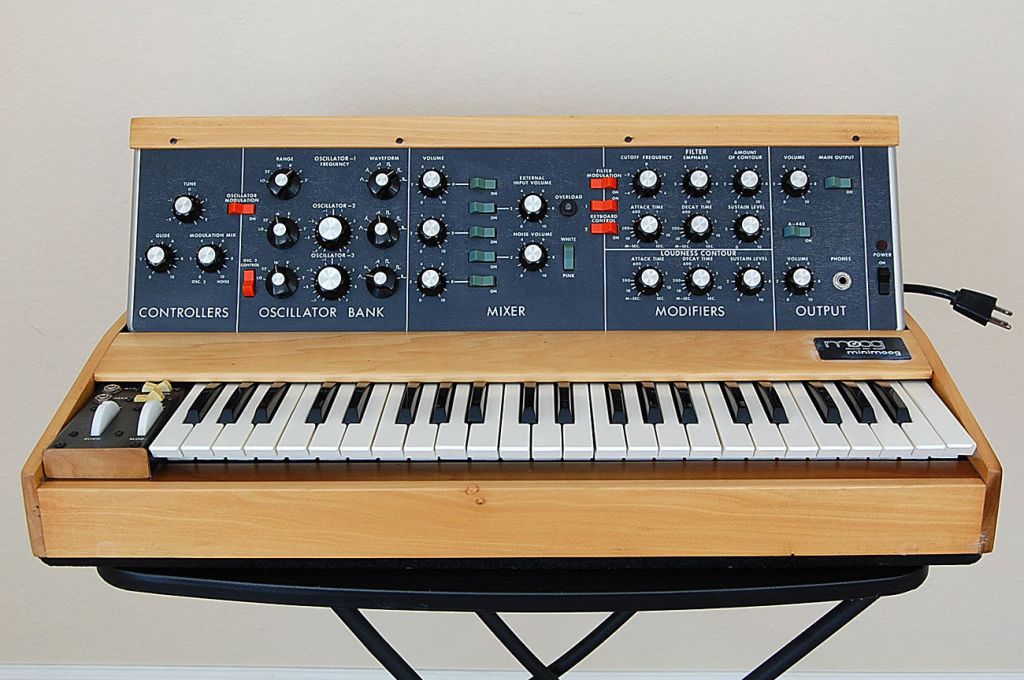
Synthesized Sound:
Now we have gotten to the world of synthesized sound. These types of instrument only look like a piano in interface and have a history separate from pianos.
The first synthesizers were monophonic meaning only one note can be played at a time. Modern synthesizers can play up to 16 notes at once and not only that, but the notes are pressure sensitive (generally) and you can choose the waveform.
“It’s something between discovering, and witnessing”
Robert Arthur Moog, Father of Moog Music and creator of first commercial synth.
Notable Synthesizer Brands:
Moog, Dave Smith, Roland, . . .
and many more !
Thanks for reading!
